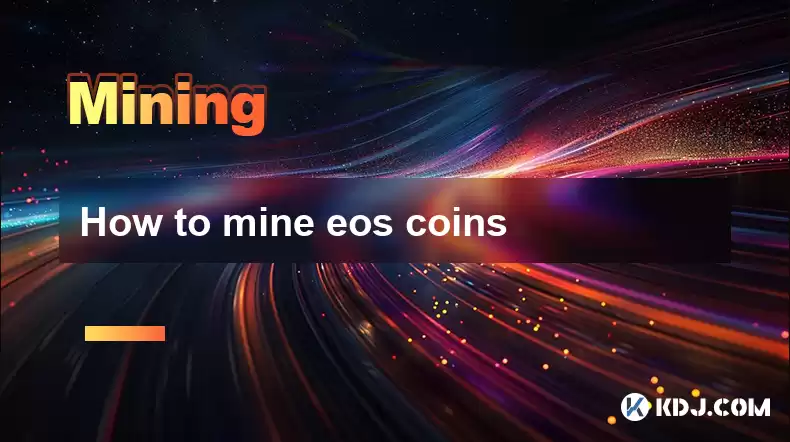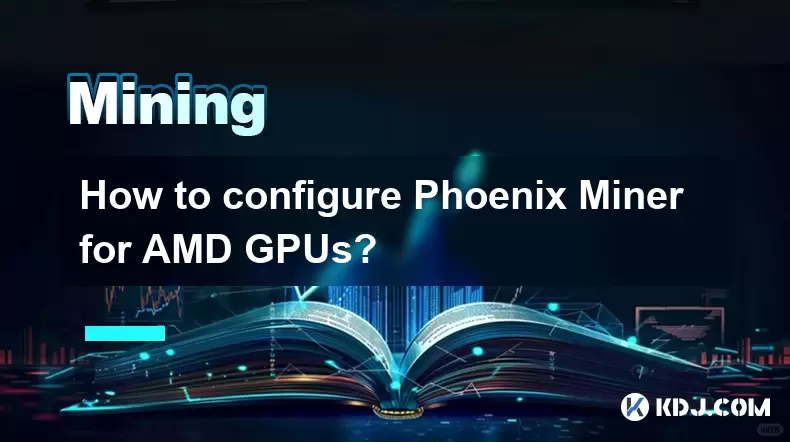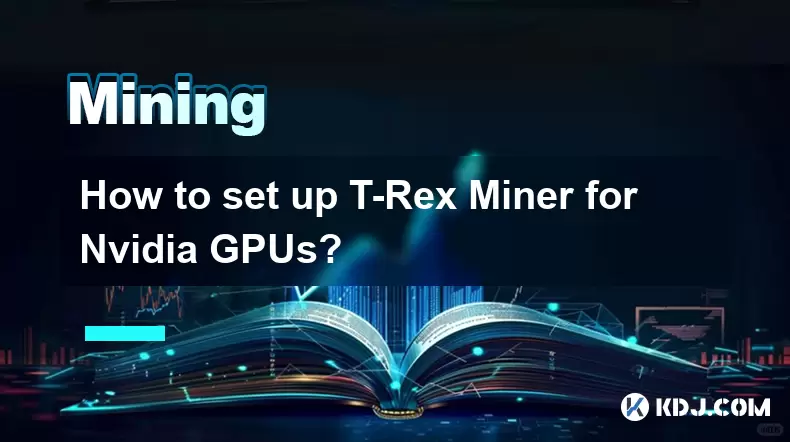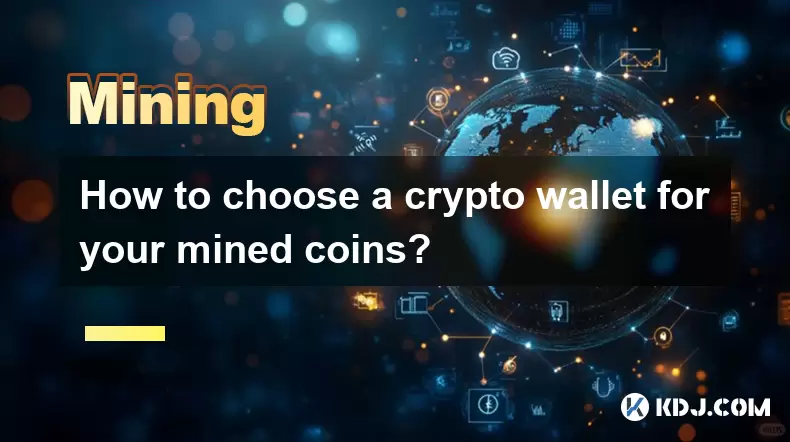-
 Bitcoin
Bitcoin $117700
-1.00% -
 Ethereum
Ethereum $4458
-3.91% -
 XRP
XRP $3.119
0.14% -
 Tether USDt
Tether USDt $1.001
-0.02% -
 BNB
BNB $836.6
-1.56% -
 Solana
Solana $189.5
-3.90% -
 USDC
USDC $0.9998
-0.02% -
 Dogecoin
Dogecoin $0.2335
1.29% -
 Cardano
Cardano $0.9642
1.51% -
 TRON
TRON $0.3539
-1.19% -
 Hyperliquid
Hyperliquid $47.41
-1.84% -
 Chainlink
Chainlink $21.92
-3.28% -
 Stellar
Stellar $0.4286
-0.23% -
 Sui
Sui $3.724
-3.29% -
 Bitcoin Cash
Bitcoin Cash $594.8
-0.78% -
 Ethena USDe
Ethena USDe $1.001
0.04% -
 Hedera
Hedera $0.2501
-2.06% -
 Avalanche
Avalanche $23.96
-4.87% -
 Litecoin
Litecoin $119.0
-2.32% -
 Toncoin
Toncoin $3.473
0.82% -
 UNUS SED LEO
UNUS SED LEO $9.596
0.17% -
 Shiba Inu
Shiba Inu $0.00001301
-0.39% -
 Uniswap
Uniswap $11.03
-0.25% -
 Polkadot
Polkadot $3.935
-2.62% -
 Dai
Dai $1.000
0.01% -
 Bitget Token
Bitget Token $4.564
-1.76% -
 Cronos
Cronos $0.1512
-4.11% -
 Ethena
Ethena $0.7306
-1.09% -
 Pepe
Pepe $0.00001087
-2.68% -
 Aave
Aave $300.2
-4.00%
How to mine eos coins
EOS block producers, elected by token holders, secure the network, process transactions, and receive rewards in newly minted EOS tokens, contributing to the governance and inflation management of the EOS blockchain ecosystem.
Jan 09, 2025 at 05:43 pm

Key Points:
- Introduction to EOS Blockchain
- Understanding the Role of a Block Producer
- Eligible Accounts and Node Requirements
- Setting Up an EOS Block Producing Node
- Hardware and Software Specifications
- Network Monitoring and Maintenance
- EOS Token Economics and Inflation
- Governance and Community Involvement
- Frequently Asked Questions (FAQs)
Introduction to EOS Blockchain
EOS.IO is a high-performance, decentralized blockchain platform designed for decentralized applications (dApps) and large-scale enterprise solutions. It utilizes a unique consensus mechanism called Delegated Proof of Stake (DPoS), where a set of elected block producers (BPs) are responsible for validating transactions and maintaining the blockchain.
Understanding the Role of a Block Producer
Block producers play a crucial role in the EOS ecosystem by securing the network, processing transactions, and producing blocks. They are elected by EOS token holders based on their reputation, technical capabilities, and community involvement. Block producers earn rewards in the form of newly minted EOS tokens as compensation for their services.
Eligible Accounts and Node Requirements
To become an EOS block producer, an account must meet certain eligibility criteria, including:
- Holding a minimum balance of EOS tokens
- Maintaining a reliable node infrastructure
- Demonstrating technical proficiency and community engagement
Eligible accounts must also set up an EOS block producing node that meets specific hardware and software requirements.
Setting Up an EOS Block Producing Node
Setting up an EOS block producing node involves the following steps:
- Securing a dedicated server with high uptime and DDoS protection
- Installing the EOS.IO software and configuring the node
- Generating a block producer key pair and registering it with the EOS blockchain
- Syncing the node with the EOS blockchain and maintaining an up-to-date ledger
- Monitoring the node's performance and troubleshooting any issues
Hardware and Software Specifications
The EOS blockchain imposes specific hardware and software requirements for block producing nodes:
- Hardware: High-performance CPUs, sufficient RAM, and fast SSD storage
- Software: EOS.IO software v2.0 or later, stable and up-to-date blockchain dependencies
Optimal hardware and software configurations ensure efficient node operation and minimize the risk of downtime.
Network Monitoring and Maintenance
Block producers are responsible for continuous monitoring and maintenance of their nodes to ensure reliable and secure operation. This includes:
- Monitoring key metrics such as node uptime, block production rate, and network latency
- Performing regular software updates and security patches
- Responding promptly to any node issues or network anomalies
- Collaborating with other block producers to maintain a healthy EOS network
EOS Token Economics and Inflation
EOS utilizes a variable inflation rate mechanism to manage the supply of EOS tokens in circulation. Block producers receive newly minted EOS tokens as rewards, and the inflation rate is adjusted based on the network's activity and resource consumption. Token holders can also stake their EOS tokens to earn additional rewards from inflation.
Governance and Community Involvement
Block producers actively participate in the governance and decision-making processes of the EOS ecosystem. They propose and vote on changes to the protocol, network parameters, and resource allocation. Community involvement and collaboration are essential for maintaining a transparent and responsive EOS network.
Frequently Asked Questions (FAQs)
Q: How many block producers are there in the EOS network?
A: There are 21 active block producers elected by EOS token holders in a periodic voting process.
Q: What are the minimum hardware requirements for an EOS block producing node?
A: The minimum hardware requirements include a CPU with at least 4 cores, 8GB RAM, and 128GB SSD storage.
Q: What are the benefits of becoming an EOS block producer?
A: Block producers earn rewards in the form of newly minted EOS tokens and have a voice in the governance of the EOS ecosystem.
Q: How can I vote for block producers?
A: EOS token holders can vote for block producers through EOS wallets and exchanges that support voting.
Q: What is the estimated investment required to set up an EOS block producing node?
A: The investment varies depending on the hardware and infrastructure chosen, but it typically ranges from $10,000 to $50,000.
Disclaimer:info@kdj.com
The information provided is not trading advice. kdj.com does not assume any responsibility for any investments made based on the information provided in this article. Cryptocurrencies are highly volatile and it is highly recommended that you invest with caution after thorough research!
If you believe that the content used on this website infringes your copyright, please contact us immediately (info@kdj.com) and we will delete it promptly.
- Kazakhstan's Crypto Leap: Bitcoin ETF and Central Asia's Digital Finance Future
- 2025-08-13 12:45:19
- BlockDAG Presale Blazes Past $371M: Fundraising Frenzy Fuels Crypto Sensation
- 2025-08-13 13:05:21
- Meme Coins: Chasing the 2025 Surge – Which Will Moonshot?
- 2025-08-13 10:25:23
- Bitcoin's Wild Ride: Rally, Pullback, and What's Next
- 2025-08-13 10:25:23
- Bitcoin, Bitmax, and Institutional Demand: A New Era of Crypto Investment
- 2025-08-13 10:45:12
- Solana, ROAM, and Airdrops: What's the Buzz in 2025?
- 2025-08-13 11:35:13
Related knowledge

How to configure Phoenix Miner for AMD GPUs?
Aug 11,2025 at 03:21am
Understanding Phoenix Miner and Its Compatibility with AMD GPUsPhoenix Miner is a lightweight, high-performance Ethereum mining software designed for ...

How to set up T-Rex Miner for Nvidia GPUs?
Aug 10,2025 at 12:07am
Understanding T-Rex Miner and Its Compatibility with Nvidia GPUsT-Rex Miner is a high-performance mining software designed specifically for Nvidia GPU...

What is "proof-of-work" and how does it relate to mining?
Aug 07,2025 at 02:03pm
Understanding the Concept of Proof-of-WorkProof-of-work (PoW) is a consensus mechanism used in blockchain networks to validate transactions and secure...

How to choose a crypto wallet for your mined coins?
Aug 13,2025 at 11:36am
Understanding the Types of Crypto Wallets for Mined CoinsWhen selecting a crypto wallet for your mined coins, the first step is to understand the diff...

What are the differences between mining on Windows vs. Linux?
Aug 06,2025 at 11:29pm
Overview of Cryptocurrency Mining PlatformsCryptocurrency mining involves using computational power to solve complex cryptographic puzzles and validat...

How to use an old computer for cryptocurrency mining?
Aug 07,2025 at 12:42pm
Understanding the Feasibility of Using an Old Computer for MiningUsing an old computer for cryptocurrency mining may seem outdated, but it is still te...

How to configure Phoenix Miner for AMD GPUs?
Aug 11,2025 at 03:21am
Understanding Phoenix Miner and Its Compatibility with AMD GPUsPhoenix Miner is a lightweight, high-performance Ethereum mining software designed for ...

How to set up T-Rex Miner for Nvidia GPUs?
Aug 10,2025 at 12:07am
Understanding T-Rex Miner and Its Compatibility with Nvidia GPUsT-Rex Miner is a high-performance mining software designed specifically for Nvidia GPU...

What is "proof-of-work" and how does it relate to mining?
Aug 07,2025 at 02:03pm
Understanding the Concept of Proof-of-WorkProof-of-work (PoW) is a consensus mechanism used in blockchain networks to validate transactions and secure...

How to choose a crypto wallet for your mined coins?
Aug 13,2025 at 11:36am
Understanding the Types of Crypto Wallets for Mined CoinsWhen selecting a crypto wallet for your mined coins, the first step is to understand the diff...

What are the differences between mining on Windows vs. Linux?
Aug 06,2025 at 11:29pm
Overview of Cryptocurrency Mining PlatformsCryptocurrency mining involves using computational power to solve complex cryptographic puzzles and validat...

How to use an old computer for cryptocurrency mining?
Aug 07,2025 at 12:42pm
Understanding the Feasibility of Using an Old Computer for MiningUsing an old computer for cryptocurrency mining may seem outdated, but it is still te...
See all articles

























































































